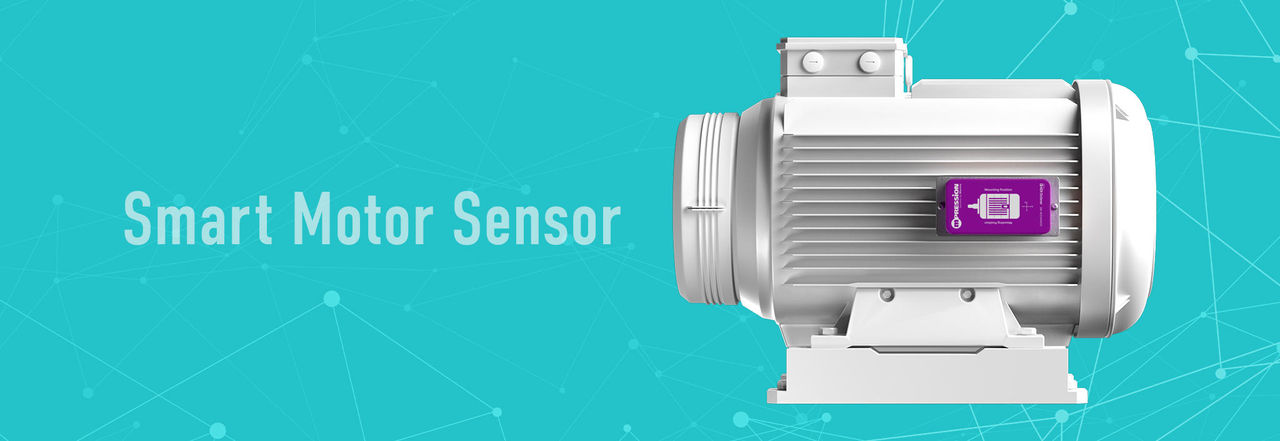
Do you have any of these troubles in your production process?

Sudden motor failure! |

due to motor failure |

I want to expand my production facilities |
Smart Motor Sensor(SMS) for these industrial
 Food |
 Beverage |
 Pharmaceuticals and cosmetics |
 Papermaking/printing |
 Semiconductors/Electronics |
 Plant equipment |
Overview: More than just a sensor
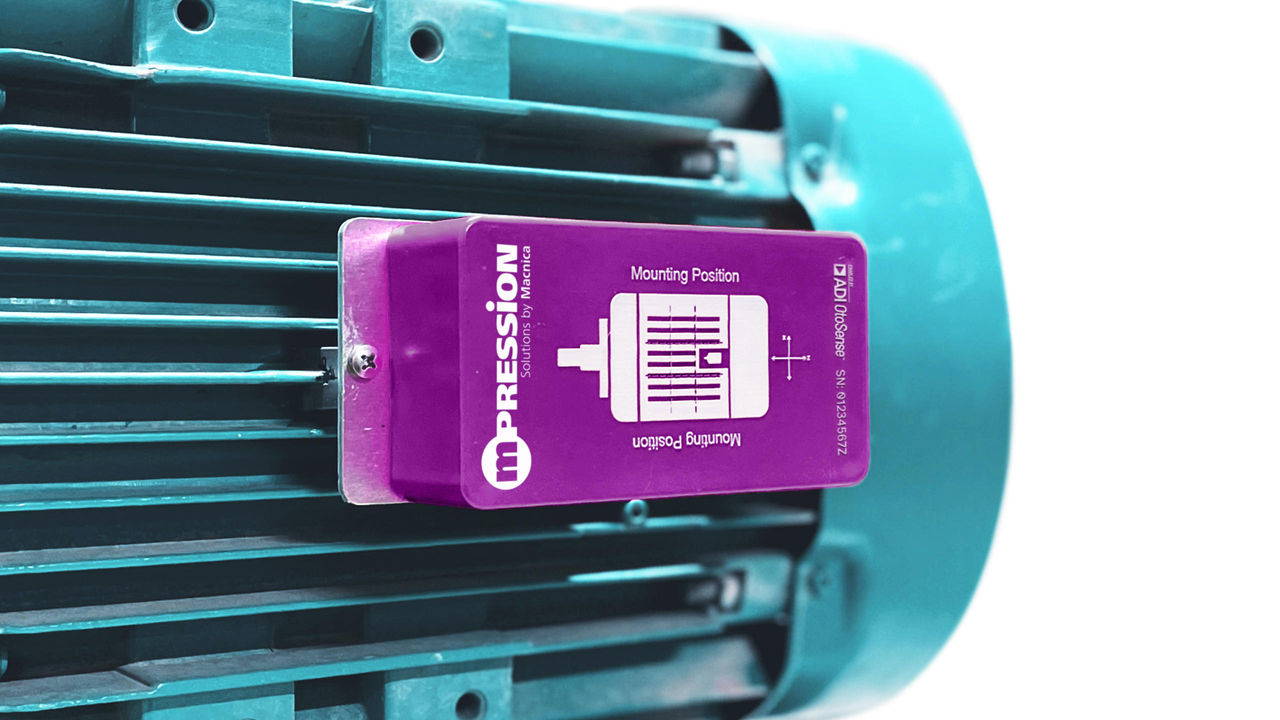 |
Mpression Smart Motor Sensor (SMS) monitors the condition of your electric motors by combining best-in-class sensing technologies with leading-edge data analysis. Mpression SMS detects anomalies and defects in equipment, enabling you to forecast maintenance cycles and avoid unplanned downtime. Agnostic of motor type, Mpression SMS covers the most critical diagnostics, translating data into actionable insights. The Smart Motor Sensor allows for 24/7 condition-based monitoring of all your low voltage electric motors. It presents information in a clear way, telling you both what the problem is and how to fix it. |
Mobile applicationThe Mpression SMS App allows easy setup of your Smart Motor Sensors, visibility on deployment data, and in-app notifications and alerts on critical events APP Download:iOS(Link)、Andriod(Link) |
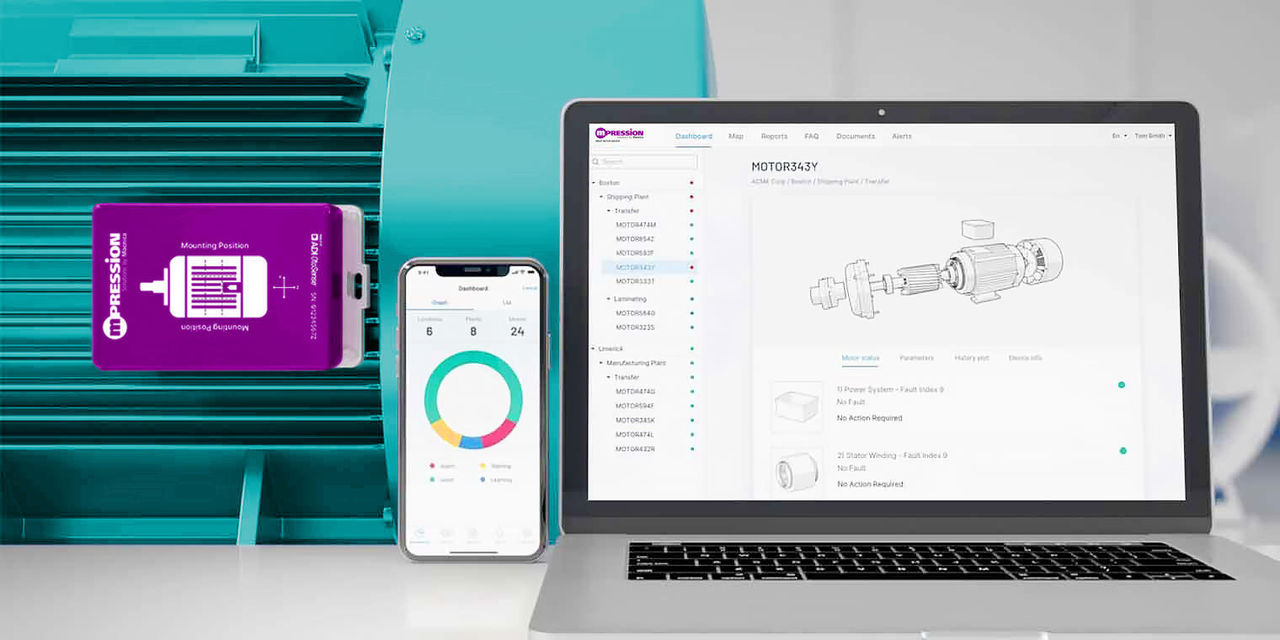 |
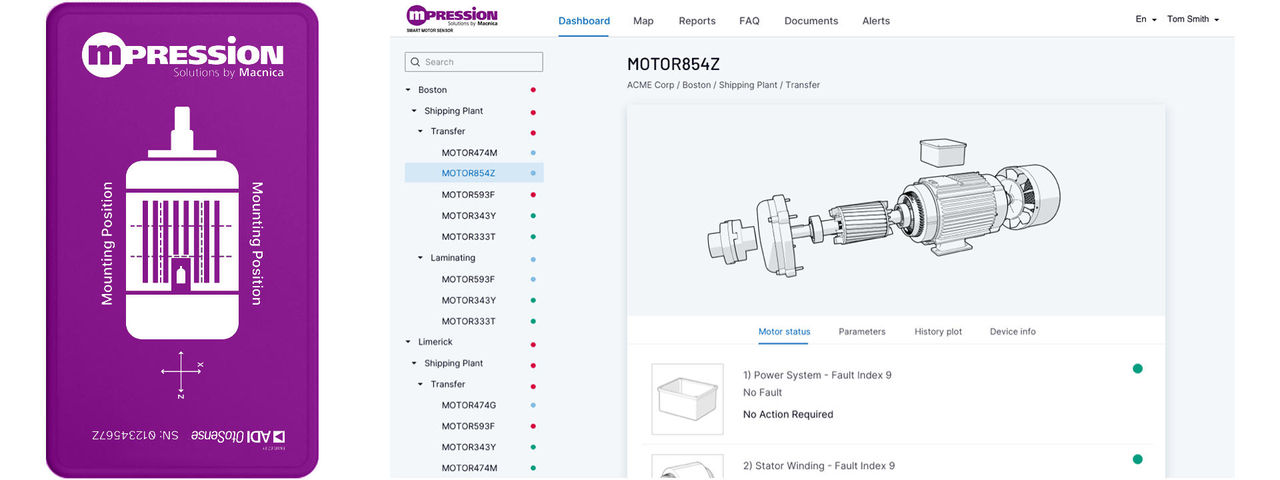 |
DashboardGet a complete overview of your machine health diagnosis and fault detection with detailed information and visualization of each motor's status. |

Three features of smart motor sensors
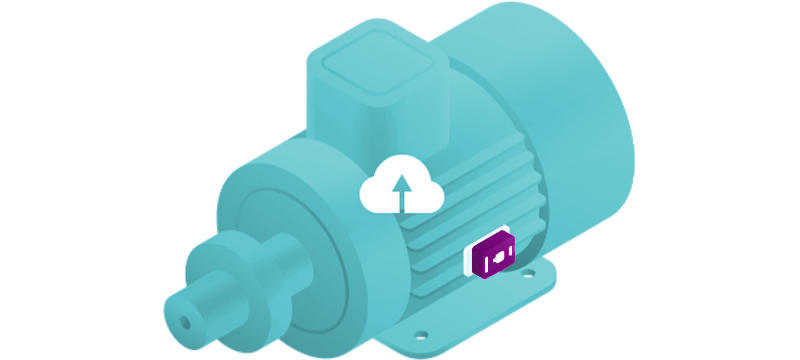 Easy installation! |
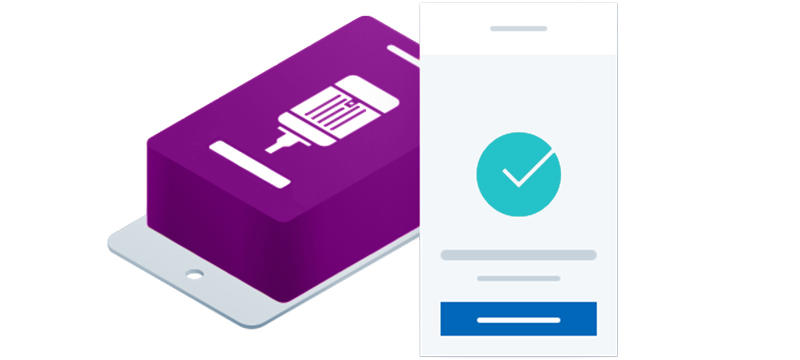 No expertise required! |
 Nine abnormal modes! |
Benefits—Rethink your predictive maintenance strategy
Mpression SMS optimizes your production environment and reduces breakdowns using robust condition-based monitoring hardware and software. Realize benefits such as lowering asset maintenance costs, extending equipment life, and increasing uptime.
Monitor in realtime Monitor your equipment more frequently to know when mechanical and electrical failures start to occur and how these issues impact your production process. |
Take action A unique model is created for each motor to deliver optimized diagnostics that align with the process. The Smart Motor Sensor provides information you can use to not only diagnose the problem but know the severity so maintenance teams can take action. |
By continuously monitoring your motor performance and health, you will have better visibility into maintenance and spare parts needs to know what to order and when to order, reducing inventory costs. |
Identified fault types
Mpression Smart Motor Sensor (SMS) is the most accurate solution on the market to sense and interpret your machine data. This is why we define ourselves as a sensing interpretation world leader. The SMS can detect the following failures:
|
Faults caused in the motor power system that can cause an asymmetry in the motor currents. For example, loss of a phase or change in the impedance of power cables. |
Machine rotor unbalance as a consequence of the gravity center displacement of any of the motor rotating parts. For example, accumulation of dust on the motor fan, loss of balance parts of the rotor, mismatch of the coupling plate, flexed shaft. |
Loss of alignment between motor and motor load. |
|
Faults caused in the motor stator, may cause an asymmetry in the motor currents. For example, variation of the impedance of one of the motor phases. |
Malfunction of the motor when the concentricity between the stator and the rotor is not maintained. The reasons can be a bent rotor shaft on large machines or a tilted shaft as a result of poor bearing installation. |
Problems in the motor cooling system, such as obstruction of the ventilation outlet or the fan stop, in case of independent ventilation of the motor. |
|
Rotor failures such as discontinuities in the active part of the rotor, such as rotor bars or short-circuit ring, or problems in the welds of the copper rotor. These problems usually occur in motors that start and stop very frequently and with high loads. |
Bearing failures such as lack of lubrication or defects in the inner and outer race, the cages or the rolling elements. The reasons for the origin of these failures can be: lack of maintenance of the bearing, poor installation of the bearing, unsuitable operating conditions, electrical currents in the bearings, ... |
Problems in the fixing system of the motor to the operating bench. |
|
Performance
This performance indicator identifies potential systemic issues that are indicative of a load problem or process change that might require further action on the system and manufacturing process.. |
 |
Specifications and requirements
The Smart Motor Sensor (SMS) works with:
- 3-phase squirrel cage induction motor.
- Standard low voltage IEC and NEMA motors.
- Frames up to 450 (IEC 60034) or 500 (NEMA MG1) whose power range varies from 0.37 kW to 500 kW or from 0.5 hp to 700 hp.
- Motors driven by any type of device (directly on line (DOL)), by variable frequency drive (VFD), soft starter, and star-delta.
Physical characteristics
- Weight: 0.5 kg
- Case material: ABS
- Mounting: Cooling fins
- Battery type: 4 × replaceable AA lithium batteries
Vibration measurement
- Amplitude range: ±40 g
- Frequency range: 1 Hz to 3.1 kHz
- Data format: Waveform, FFT, rms
- 2-axis vibration: Axial and radial
Wireless communication
- Network standard: Wi-Fi b/g/n
- Radio standard: IEEE 802.11 b/g/n
- Frequency: 2.4 GHz
- Range (nominal): >50 m
